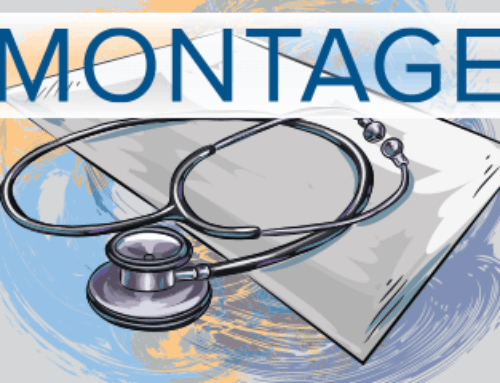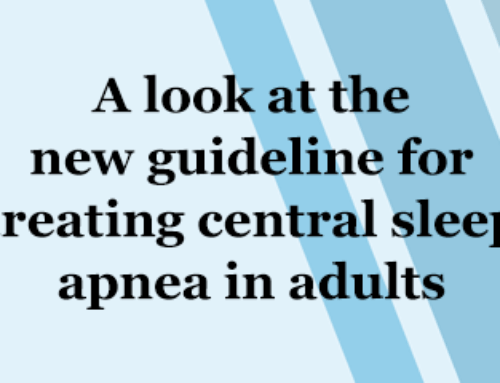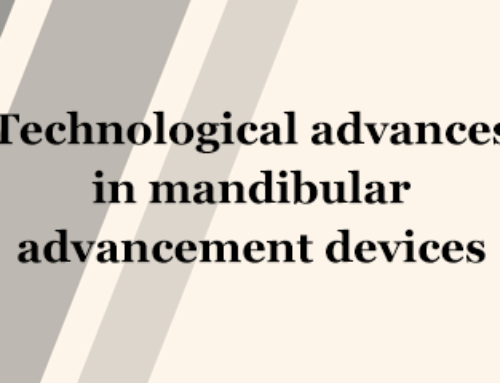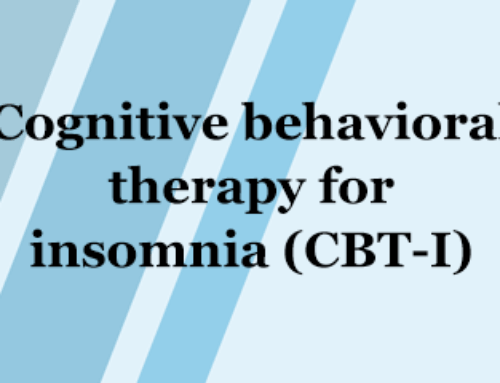Hypoglossal nerve stimulation for treating obstructive sleep apnea (OSA) became a viable clinical option following its FDA approval in the United States in 2014. Sleep medicine providers will typically bill codes 95970, 95976 and 95977, which are used for the programming and analysis of the neurostimulator devices. Proper coding and billing depend on whether the programming is simple or complex, and if it’s initial or subsequent. Billing considerations include:
- Medical necessity: Documentation should support the need for device adjustment. If performed during a postoperative period, ensure it is separately billable and not bundled.
- Modifier use: Use modifier 26 only if the interpretation and programming are performed. Use modifier TC only if the technical aspect of programming is performed. Use modifier 59 (distinct procedural service) if multiple programming sessions are performed on the same date with separate circumstances.
- Frequency and payer guidelines: Some insurers limit how frequently codes can be billed. Preauthorization might be required for complex reprogramming. Ensure the correct ICD-10 codes (e.g., G47.33 – OSA) are linked appropriately.
- Code selection and misuse: Choosing the wrong CPT codes can lead to claim denials. Misclassifying reprogramming sessions (simple versus complex) can result in down coding or audits.
- Global period issues: If programming is done during the global period of the implantation surgery, some payers may deny it unless modifier 58 (staged procedure) is appended.
- Payer-specific challenges: Medicare may have different rules than private insurers for reporting monitoring and device programming. If the programing services are provided by an out-of-network provider, reimbursement may be significantly reduced or denied.
Correct billing for monitoring and programming
- Post-implantation programming: This would be performed to optimize therapy.
- Reprogramming in response to inadequate treatment outcomes: This would include persistent OSA symptoms despite prior settings.
- Changes in stimulation parameters due to patient reported discomfort: This would include side effects due to tongue movement issues or pain.
- Device troubleshooting: A suspected malfunction or unexpected variation in therapy effectiveness.
- Periodic reassessment of therapy efficacy: When indicated by the treating physician.
- Pre- and post-surgical testing: To place a hypoglossal nerve stimulator, a recent diagnostic polysomnogram is required. The voltage titration study occurs three months after activation of the device and would be billed with 95810.
Incorrect billing for monitoring and programming
- Routine device interrogation: If performed without programming adjustments (some payers consider this part of standard follow-up care).
- Duplicate billing: This would occur when the monitoring and reprogramming codes are billed on the same day as the implantation or revision surgery.
- Billing the incorrect CPT code: The billing of 95976 or 95977 when only simple adjustments were made (use 95970 instead).
Strategies to avoid billing issues
- Verify payer policies: Check coverage rules for the programming codes.
- Preauthorization compliance: Obtain approvals before performing programming services.
- Use correct CPT codes and modifiers: Align documentation with the services provided.
- Ensure detailed documentation: Clearly state the necessity for the monitoring, programming, adjustments and patient outcomes.
- Monitor denials and appeals when needed: Track claim denials to identify patterns and submit appeals when justified.
Postoperative management and device activation
Device activation occurs approximately four weeks after surgical implantation to allow for healing. During activation:
- Device calibration: Stimulation settings are adjusted to optimize airway patency without causing discomfort.
- Patient training: Patients are educated on using the remote control to activate and deactivate the device.
- Follow-up: Regular follow-ups ensure proper device function and monitor therapeutic efficacy.
| 95970 | Device analysis only, without programming, subsequent visits only (not at time of generator implantation) |
|---|---|
| 95976 | Device analysis and simple programming (not at the time of generator implantation) |
| 95977 | Device analysis and complex programming (not at the time of generator implantation) |
*Surgical codes for hypoglossal nerve stimulation are 64582-84*
Case
This is a 72-year-old male with complaints of snoring, feeling unrested upon awakening and daytime somnolence. The patient usually goes to bed at 11 p.m. with sleep onset within 15-20 minutes and wakes up at 6 a.m. The patient’s Epworth Sleepiness Scale score was 7. The patient does not use tobacco. He drinks 3-4 glasses of wine per night. Medical history is significant for hypertension and peptic ulcer disease. Current medications include amlodipine and olmesartan. No known allergies.
The patient underwent a home sleep apnea test and was diagnosed with severe OSA with a respiratory event index of 45.9/hour. He was initiated on APAP therapy with download data revealing a mean pressure of 8 cm H2O with a resultant apnea-hypopnea index of 1.6/hour. Over the course of the next two years, he developed increasing difficulty tolerating PAP therapy with decreasing adherence. He was referred for a hypoglossal nerve stimulator with a repeat HSAT confirming severe OSA with an REI of 40.7/hour.
One month after surgical insertion, the hypoglossal nerve stimulator was activated with a range of 0.7-1.7 volts. He subsequently underwent a titration study and was found to be effectively treated with 1.3 volts with a resultant AHI of 1.7/hour.
Based upon the above case, the appropriate code to bill is 95976 – Device analysis and simple programming (not at the time of generator implantation).
Role of sleep medicine physicians
Sleep medicine physicians play a pivotal role in the success of hypoglossal nerve stimulation therapy. Key responsibilities include:
- Patient identification: Screening and referring suitable candidates based on clinical and polysomnographic data.
- Preoperative evaluation: Collaborating with surgeons to ensure comprehensive assessment, including drug-induced sleep endoscopy.
- Postoperative monitoring: Assessing therapeutic outcomes through follow-ups and polysomnography.
- Patient education: Providing guidance on realistic expectations, adherence and troubleshooting.
Conclusion
Proper billing and coding of hypoglossal nerve stimulation monitoring codes require a thorough understanding of CPT code selection, payer policies and documentation best practices. To minimize claim denials, providers should ensure accurate coding, justify medical necessity, and apply correct modifiers when needed. Given the evolving landscape of reimbursement for these codes, staying updated on payer-specific policies and proactively addressing billing challenges will help optimize reimbursement and ensure compliance.
Members may send coding questions and use cases they would like to have featured in Coding Quarterly to coding@aasm.org.





